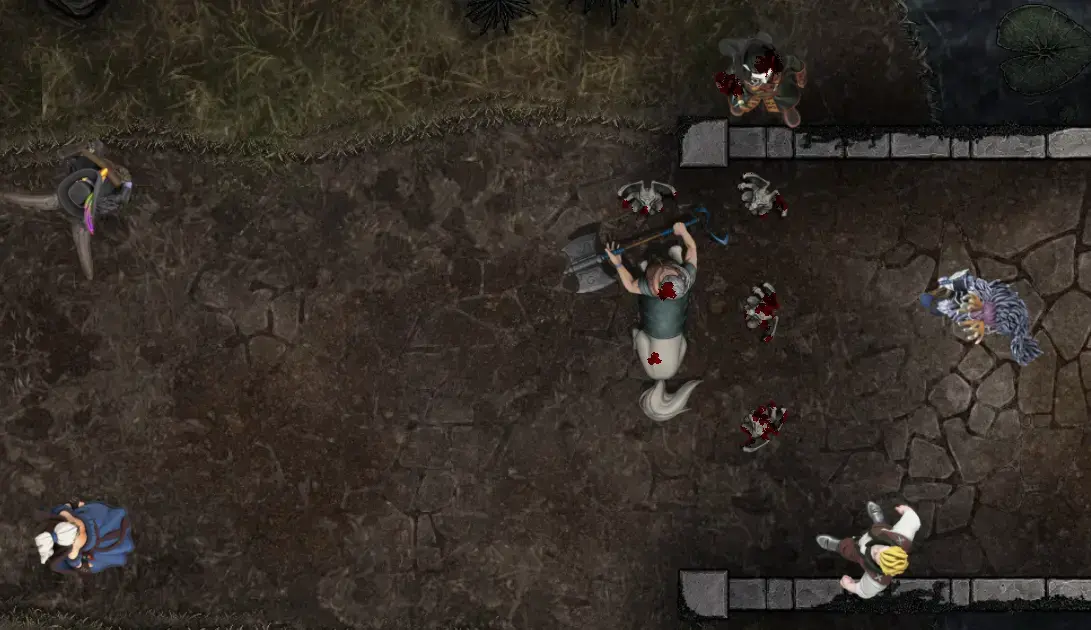

I like it, but, there are upsides and downsides.
I usually play with a team that has some remote members, so Foundry is the mechanism by which I create shared visuals and battlemaps. I don’t go as far as to run the whole game with Foundry – PCs have their character sheets, they make their rolls themselves, and I still track most elements of the game myself (except initiative-order and NPC/monster HP).
Even with just this light usage, there are downsides – for example, my prep as a DM takes longer because I have to create or adapt a map/visual for everything, as opposed to just describing it. I’m preparing an adventure right now that I might be done with if I didn’t use Foundry; it’s all documented, but not visualized.
Many (for example, the linked article) add more capabilities to Foundry until it runs and automates more and more of the game. I think I’m concerned about creating a slippery slope with that, to the point where we’re playing a multiplayer video game rather than an TTRPG, and the flexibility of the game is lost. But!, I add a thing here or there, trying to make my players’ experience better, and so far it’s all been great.


Home Assistant invested quite a bit into the technology to create a FOSS voice assistant over the past year. It still needs quite a bit of work, but the foundation is there; it supports wake words (“Hey …”), speech-to-text to hear your command, interpretation and command processing, and text-to-speech to return results.
The downsides are that it’s still quite technical to set up primarily due to the lack of commercially available hardware, and the command library is fairly small at this point.
With some of this foundational work out of the way, I expect Home Assistant to move forward quickly to improve, and other projects can work off the same pieces if they desire to as well.
Here’s their year-end post about it: https://www.home-assistant.io/blog/2023/12/13/year-of-the-voice-chapter-5/